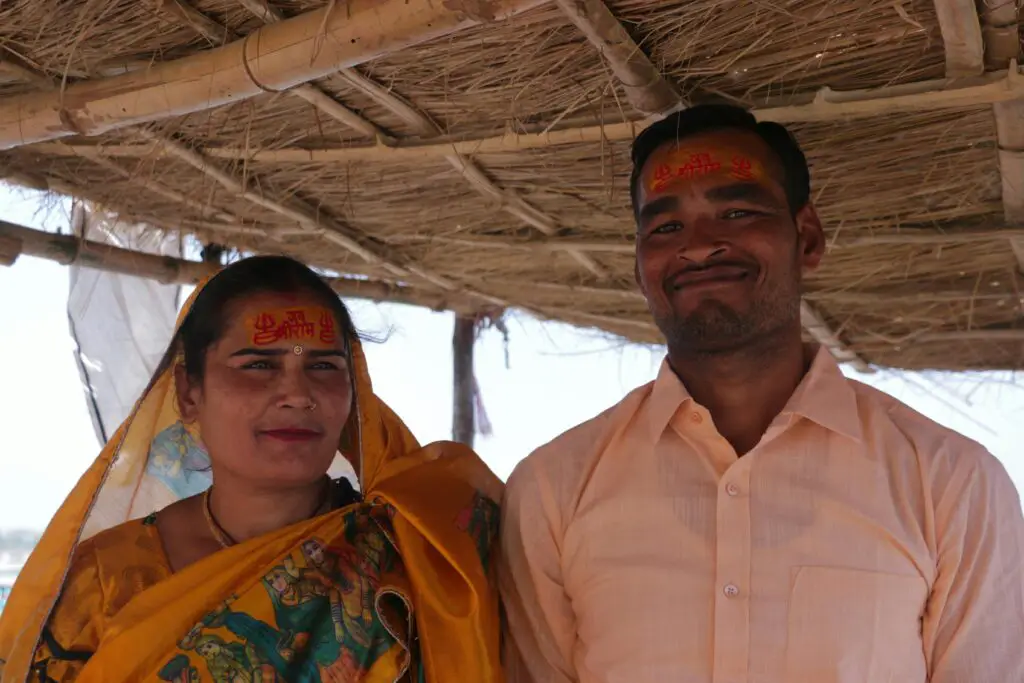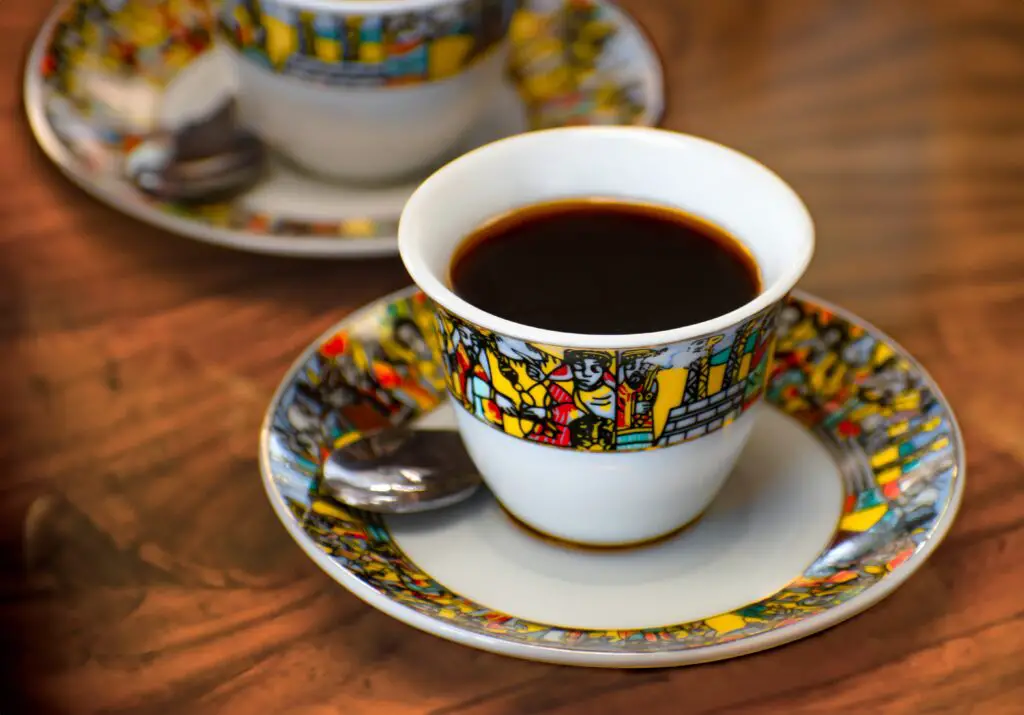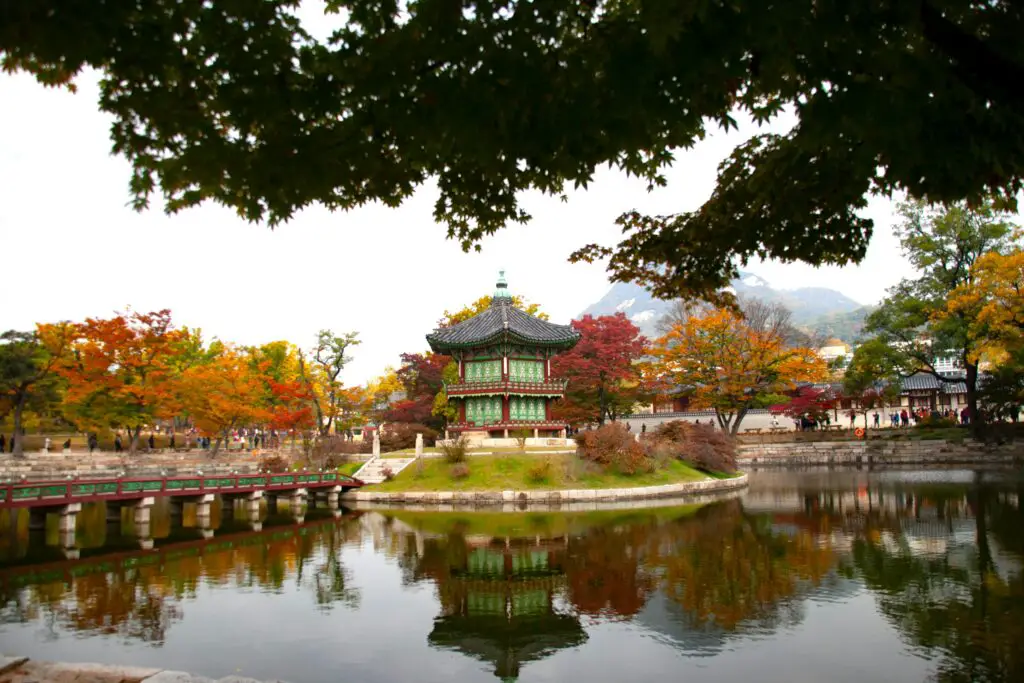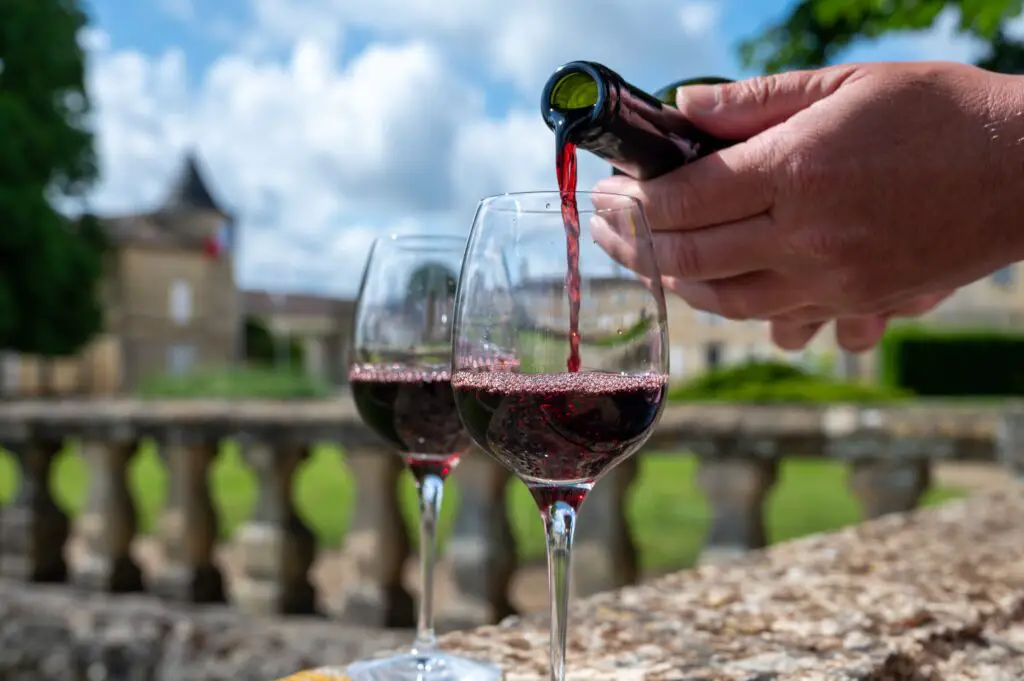1. Japan’s Family Bath Time

In Japan, it’s perfectly normal for family members to bathe together, especially in traditional households. This isn’t a hurried rinse either—it’s a time to unwind in a hot tub after getting fully clean outside of it first. To an American family in the ’50s, where privacy was prized and the bathroom door locked tighter than Fort Knox, this idea probably would’ve sounded scandalous shares Motherly.
But in Japan, the shared bath is more about bonding and relaxation than anything else. It’s a moment of connection, not discomfort. Back then, Americans were just getting used to the idea of one TV per household—forget sharing a steamy bath with your parents or siblings. It was a different rhythm of family life, one that prized closeness in a way that felt completely foreign to postwar suburban ideals adds Japan Today.
2. Finland’s Baby Box Tradition

Imagine a new mom in 1955 receiving a cardboard box from the government—and being told her baby could sleep in it. In Finland, that’s exactly what happens, and it’s been going on since the 1930s. The box comes filled with baby supplies like clothes, diapers, and a little mattress at the bottom says Business Insider.
To a typical American mother of the ’50s, the idea of laying her baby down in a cardboard box might’ve seemed outrageous. But the Finnish baby box has helped dramatically lower infant mortality rates and has become a symbol of equality. Every family, rich or poor, gets one. It’s practical, humble, and filled with care—a stark contrast to the pastel-colored nurseries and ornate bassinets that defined American baby culture back then adds BBC.
3. India’s Head Bobble

In 1950s America, a nod meant yes, a shake meant no, and anything in between just caused confusion. But in India, there’s something called the head bobble—a side-to-side motion that can mean yes, no, maybe, or “I hear you,” depending on context. To the average American family used to strict, binary body language, this would’ve looked like complete chaos.
Imagine a ’50s dad asking for directions in Mumbai and getting a friendly head bobble in return—he probably would’ve driven away still lost. But for Indians, the head wobble is fluid and expressive, almost like a dance in everyday conversation. It’s a cultural rhythm that requires tuning in. And for a family that prized order and clear communication, this would’ve been utterly baffling.
4. China’s Split Pants for Toddlers

Potty training in 1950s America was a serious business, often involving bells, whistles, and a lot of parental stress. In contrast, China’s tradition of split-crotch pants (kaidangku) let toddlers take care of business right where they were—no diaper needed. Just imagine a baby squatting on the sidewalk and going without warning.
It might sound shocking, but it’s a method that worked for generations. It’s also environmentally friendly and cheap, two things that weren’t exactly at the forefront of postwar American parenting. Diaper companies would’ve gone into panic mode if this caught on. But for Chinese families, it was just another way of letting kids grow up naturally, without all the plastic and powder.
5. Sweden’s Shared Parental Leave

In 1950s America, it was expected that Dad worked and Mom stayed home. That was the rule, not the exception. But in Sweden, parents today split generous paid leave between both partners, and it’s not uncommon to see dads at the park pushing strollers in the middle of the day.
If a ’50s American family saw a man bottle-feeding a baby while his wife headed to work, they might’ve called it a social experiment. But in Sweden, it’s the norm—and has been for decades. The idea that both parents share equally in raising children challenges everything the traditional American household once stood for. It’s a redefinition of gender roles that would’ve made some jaws drop.
6. Ethiopia’s Coffee Ceremony

In the 1950s, coffee in America was all about convenience. It came from a tin, was brewed in a percolator, and served in five minutes flat. In Ethiopia, however, coffee is a sacred ritual that can take hours, especially when shared with family or guests.
The traditional Ethiopian coffee ceremony involves roasting beans, grinding them by hand, and brewing the coffee three times. It’s more than a drink—it’s a gesture of hospitality and community. To a fast-paced ’50s family used to sipping Folgers at the breakfast table, this would’ve felt incredibly foreign. But to Ethiopians, slowing down for coffee is part of the soul of daily life.
7. The Maasai’s Blood and Milk Diet

In Kenya and Tanzania, the Maasai people traditionally drink a mixture of cow’s blood and milk as a source of nutrition. It’s collected without killing the animal, which makes the practice sustainable in their eyes. But can you imagine a ’50s American family sitting down to a tall glass of that?
Even liver was a hard sell back then. The idea of drinking blood, no matter how healthy, would’ve seemed barbaric to a culture obsessed with sterilization and canned goods. But the Maasai have been thriving this way for generations. Their relationship with their cattle is based on deep respect and coexistence—a far cry from how meat showed up pre-packaged in American kitchens.
8. South Korea’s 100-Day Baby Celebration

In the U.S., a baby’s milestones are usually measured in years or maybe months. But in South Korea, hitting the 100-day mark is a big deal. It’s called “Baek-il,” and it’s celebrated with special rice cakes, photos, and often a big family gathering.
In the ’50s, a baby’s first birthday might’ve gotten a cake and some party hats, but the idea of a lavish 100-day party would’ve seemed excessive. Yet in Korean tradition, it’s a moment of gratitude—historically, surviving those first 100 days was a big deal due to high infant mortality. It’s a way to share joy and honor the baby’s journey. And it reflects a community-minded way of parenting that might’ve surprised an American family focused more on quiet, individual milestones.
9. France’s Wine at the Table

While American kids in the ’50s were being told to drink their milk, French children might’ve been given a small glass of watered-down wine with dinner. That kind of casual approach to alcohol would’ve raised every parental eyebrow in a U.S. suburb. After all, the idea of underage drinking was a major no-no in postwar America.
But in France, it was more about culture than intoxication. Wine was part of the meal, part of the conversation, part of growing up with a sense of balance. French parents taught moderation instead of enforcing total abstinence. And that subtle shift in philosophy would’ve felt wildly irresponsible to a culture raised on rules and warnings.
10. New Zealand’s Barefoot Everywhere Mentality

Shoes were a must in 1950s America—polished and laced, especially when going out in public. But in New Zealand, going barefoot is common, even in stores or restaurants. Kids especially grow up roaming around without shoes, and it’s not seen as dirty or disrespectful.
To an American mom back then, the idea of sending her child barefoot to the grocery store might’ve been horrifying. Shoes were part of being “presentable.” But Kiwis value comfort and connection with nature. The relaxed attitude would’ve seemed downright rebellious to the neatly dressed and carefully coiffed American family unit.
11. Ghana’s Left Hand Taboos

In Ghana and several other countries, the left hand is traditionally considered unclean. You don’t eat with it, shake hands with it, or give someone something using it. This might’ve deeply confused an American family in the ’50s, where left-handedness was already treated as something to correct in kids.
Imagine handing someone a plate of cookies and being met with a grimace just because it was in your left hand. It’s not rudeness—it’s custom. Respect is shown through these small, mindful gestures. And for a culture that prided itself on etiquette but had no such rule, this would’ve felt like a complete mystery.
12. Mongolia’s Nomadic Kindergarten

In Mongolia’s rural areas, some children attend mobile kindergartens that move with nomadic herding families. These schools are housed in yurts and follow the rhythm of the land and livestock. For a ’50s American family, education meant desks, bells, and chalkboards—not tents in a pasture.
But these mobile schools help kids stay close to their families while still getting a structured education. The blend of tradition and modern learning is both practical and deeply rooted in culture. It’s a reminder that schooling doesn’t have to look the same everywhere. And to a generation raised on the promise of the yellow school bus, this would’ve seemed like a wild concept.
13. Russia’s Ice Water Dips

In Russia, winter swimming—sometimes called “polar plunging”—isn’t just a dare; it’s a tradition. People cut holes in frozen lakes and plunge in, often for religious or health reasons. To a ’50s American family, who prized warm baths and electric blankets, this probably looked like self-inflicted torture.
But to many Russians, it’s invigorating and symbolic—a test of resilience and faith. Orthodox Christians do it during Epiphany to cleanse the soul. Health buffs do it for the supposed immune benefits. Either way, the sight of someone happily diving into an icy hole would’ve had the Cleavers clutching their cocoa in disbelief.
14. Indonesia’s Spirit Placenta Ritual

In parts of Indonesia, when a baby is born, families bury the placenta outside the home and treat it almost like a twin. They give it offerings, speak to it, and believe it plays a role in protecting the child. That’s a far cry from American hospitals in the ’50s, where placentas were whisked away without a second thought.
To families who saw birth as strictly medical and sterile, the idea of honoring a placenta would’ve felt strange at best, disturbing at worst. But in Indonesian culture, it’s a spiritual act, one tied to ancestry and connection. It shows how birth isn’t just about biology—it’s about meaning. And that deeper layer might’ve taken a bit more explaining at a ’50s dinner table.
